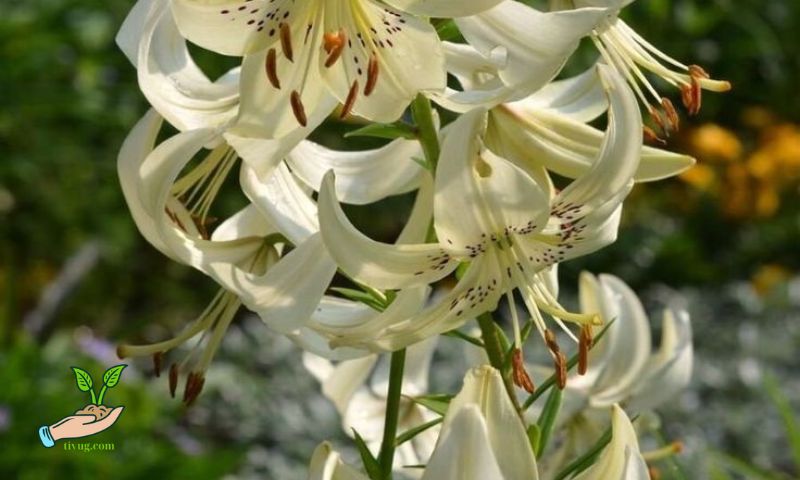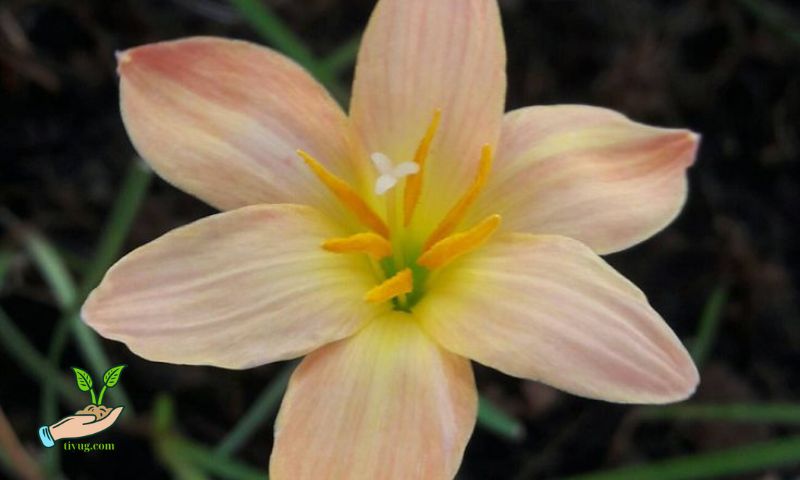Hydroponic lily cultivation is an innovative method of growing lilies without soil, using nutrient-rich water solutions instead. This technique offers numerous benefits, including efficient use of water, faster growth rates, and improved control over growing conditions. This article will explore the ins and outs of hydroponic lily cultivation, providing a step-by-step guide, discussing necessary equipment, and highlighting the advantages and challenges of this method.
1. Understanding Hydroponic Cultivation

Hydroponic cultivation refers to the process of growing plants in a water-based, nutrient-rich solution instead of traditional soil. This method provides plants with direct access to essential nutrients, water, and oxygen, promoting healthy and rapid growth. Unlike soil-based cultivation, hydroponics eliminates the need for soil, reducing the risk of soil-borne diseases and pests.
The primary benefits of hydroponic cultivation include water efficiency, space-saving, and accelerated growth rates. By delivering nutrients directly to the plant roots, hydroponics ensures that plants receive the optimal amount of nutrients, leading to faster development and higher yields.
2. Advantages of Growing Lilies Hydroponically
Growing lilies hydroponically offers several significant advantages:
- Improved Nutrient Control: Hydroponic systems allow precise control over nutrient supply, ensuring that lilies receive the exact nutrients they need at different growth stages.
- Reduced Risk of Soil-Borne Diseases: Since hydroponics does not involve soil, the risk of soil-borne diseases and pests is significantly minimized.
- Enhanced Growth Rate and Flower Quality: Hydroponically grown lilies tend to have faster growth rates and produce higher quality flowers due to the optimal nutrient and growing conditions.
- Environmental Sustainability: Hydroponics uses less water compared to traditional soil cultivation, making it an environmentally friendly option.
3. Necessary Equipment and Materials
To start hydroponic lily cultivation, you will need specific equipment and materials:
- Essential Hydroponic Equipment:
- Grow lights to provide adequate lighting
- Nutrient solutions to supply essential nutrients
- Growing media such as Rockwool or perlite to support the plants
- Types of Hydroponic Systems:
- Nutrient Film Technique (NFT): A thin film of nutrient solution flows over the roots.
- Deep Water Culture (DWC): Roots are submerged in a nutrient-rich solution.
- Ebb and Flow: The nutrient solution periodically floods the grow tray and then drains away.
- Costs and Sourcing Materials: The initial cost of setting up a hydroponic system can vary, but investing in quality equipment ensures better results. Local gardening stores or online retailers are good sources for hydroponic supplies.
4. Step-by-Step Guide to Hydroponic Lily Cultivation

- Preparing the Hydroponic System:
- Set up the structure, ensuring it is stable and secure.
- Install the irrigation system to deliver nutrient solutions to the plants.
- Choosing and Preparing Lily Bulbs:
- Select healthy, disease-free lily bulbs.
- Clean and soak the bulbs in water for a few hours before planting.
- Planting the Bulbs:
- Place the lily bulbs in the growing media within the hydroponic system.
- Ensure the bulbs are well-spaced to allow adequate growth.
- Maintaining Optimal Growing Conditions:
- Provide sufficient light, either natural or through grow lights.
- Maintain a temperature range of 60-70°F (15-21°C).
- Keep humidity levels around 50-60%.
5. Nutrient Management for Lilies
Proper nutrient management is crucial for successful hydroponic lily cultivation:
- Nutrient Balance: Ensure a balanced supply of essential nutrients such as nitrogen, phosphorus, potassium, and trace elements.
- Types of Nutrient Solutions: Use nutrient solutions specifically formulated for flowering plants like lilies.
- Monitoring and Adjusting Nutrient Levels: Regularly check the nutrient solution’s pH and concentration, adjusting as necessary to maintain optimal levels.
- Addressing Nutrient Deficiencies: Common deficiencies include yellowing leaves (nitrogen deficiency) and stunted growth (potassium deficiency). Adjust nutrient solutions accordingly.
6. Common Challenges and How to Overcome Them

Hydroponic lily cultivation can present several challenges:
- Pests and Diseases: Although reduced, hydroponic systems are not immune to pests and diseases. Regularly inspect plants and maintain cleanliness to prevent infestations.
- Water Quality and pH Levels: Use filtered water and regularly monitor pH levels to ensure they remain between 5.5 and 6.5.
- Troubleshooting Common Issues: Address issues like yellowing leaves by adjusting nutrient levels, and ensure proper lighting and ventilation to prevent stunted growth.
7. Harvesting and Post-Harvest Care
- Signs of Readiness: Lilies are ready for harvest when buds are fully formed but not yet open.
- Harvesting Techniques: Cut lilies with sharp, sterilized scissors or knives to avoid damaging the plants.
- Post-Harvest Handling: Store harvested lilies in cool, dark conditions to prolong freshness. Keep stems in water and change the water regularly.
8. Case Studies and Success Stories
Examining successful hydroponic lily farms can provide valuable insights:
- Successful Hydroponic Lily Farms: Highlight farms that have achieved high yields and quality flowers using hydroponic methods.
- Lessons from Experienced Growers: Learn from experienced growers about best practices, common pitfalls, and innovative techniques.
- Tips for Beginners: Advice on starting small, experimenting with different systems, and gradually scaling up operations.
9. Future Trends in Hydroponic Cultivation
The future of hydroponic lily cultivation looks promising with ongoing innovations:
- Innovations in Hydroponic Technology: Advancements such as automated nutrient delivery systems and LED grow lights are improving efficiency and yields.
- Commercial Potential: Hydroponic lily farming is becoming increasingly viable for commercial operations, offering consistent quality and supply.
- Environmental and Economic Impacts: Hydroponics promotes sustainable farming practices and can reduce water and land usage, contributing to environmental conservation.
Conclusion
Hydroponic lily cultivation presents a modern, efficient way to grow lilies, offering numerous advantages over traditional soil-based methods. By following the steps outlined in this guide, from setting up the system to managing nutrients and addressing challenges, you can achieve successful hydroponic lily cultivation. Embrace this innovative approach and enjoy the benefits of beautiful, high-quality lilies.

